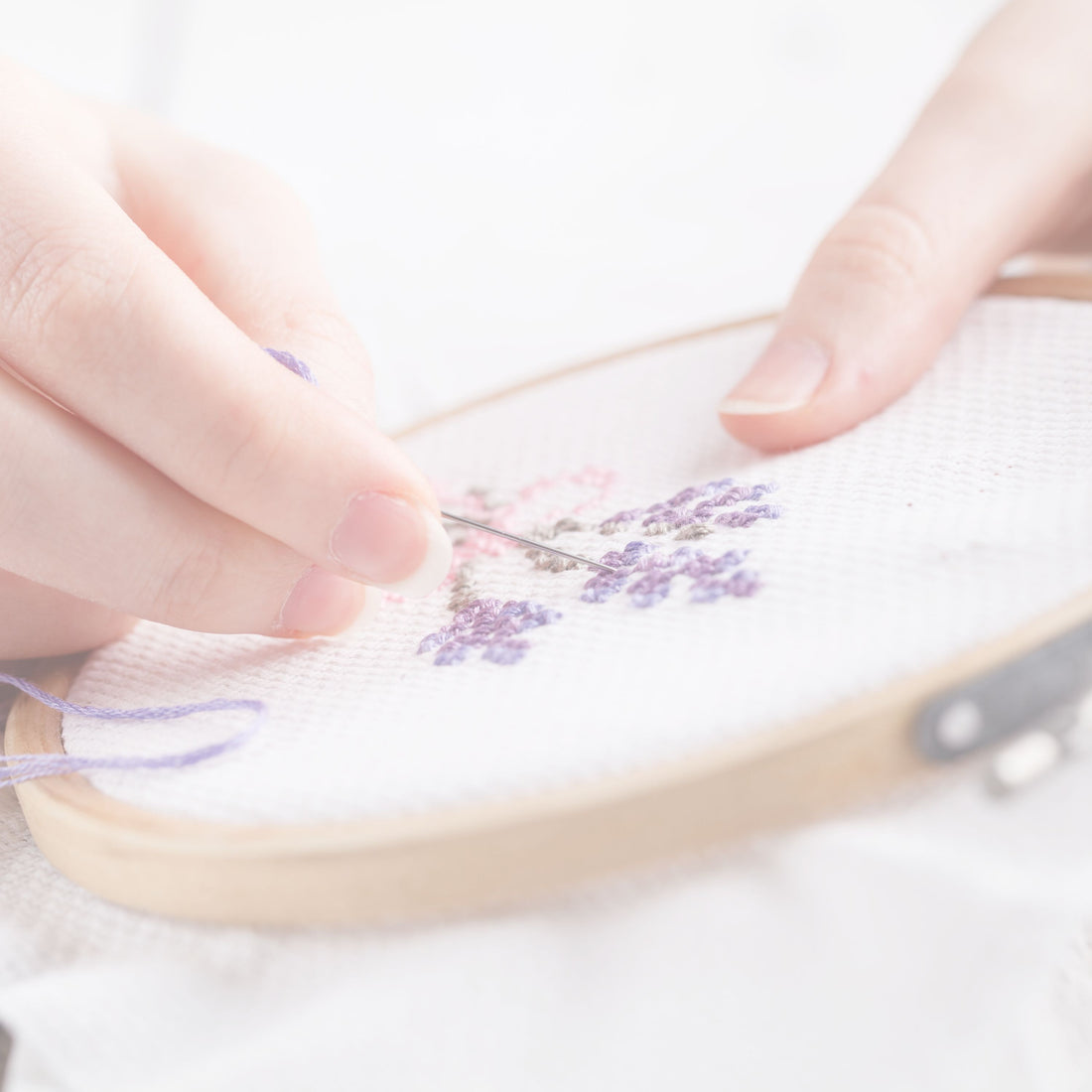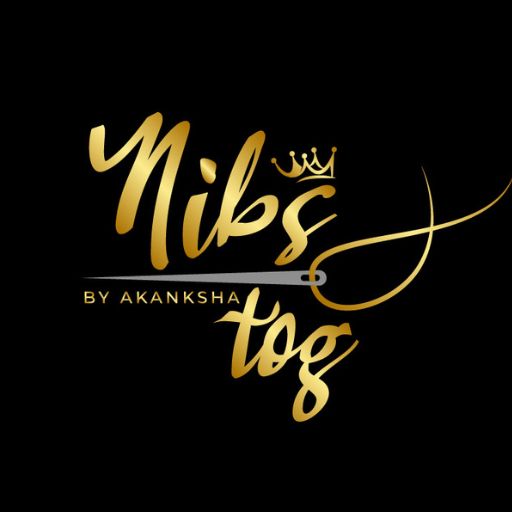
History of chikankari
Share
Chikankari, also known as Chikan embroidery, is a traditional embroidery style that originated in the city of Lucknow in India. This delicate and intricate craft has been passed down through generations, and it continues to captivate people with its timeless beauty. In this blog post, we will explore the history, technique, and significance of Chikankari.
What is Chikankari?
Chikankari is a type of embroidery that involves the creation of intricate patterns on fabric using white thread. The designs are typically floral motifs, but they can also include geometric patterns and motifs inspired by nature. Chikankari is traditionally done on lightweight fabrics such as muslin, cotton, and silk.
History of Chikankari
The art of Chikankari dates back to the Mughal era in the 17th century. It was introduced to India by the Mughal emperors, who were patrons of the arts. The craft flourished in Lucknow, where it became an integral part of the local culture and economy.
Chikankari gained popularity among the nobility and the royal court, and it soon became a symbol of luxury and elegance. The craft was traditionally practiced by skilled artisans, who would spend months or even years creating intricate designs on fabric.
Technique of Chikankari
Chikankari is a labor-intensive craft that requires immense skill and precision. The process begins with the design being transferred onto the fabric using a washable pencil or chalk. The artisan then embroiders the design using a needle and thread.
The embroidery is done using a variety of stitches, including the backstitch, chain stitch, and satin stitch. The stitches are carefully executed to create intricate patterns and motifs. The final step involves washing the fabric to remove the markings and reveal the beautiful embroidery.
Significance of Chikankari
Chikankari is not just a form of embroidery; it is a cultural heritage that represents the rich history and traditions of Lucknow. The craft has been passed down through generations, with each artisan adding their unique touch to the designs.
Chikankari garments are highly prized for their elegance and craftsmanship. They are often worn on special occasions such as weddings and festivals. Chikankari has also gained international recognition, with designers incorporating the embroidery into their collections.
Preserving the Art of Chikankari
While Chikankari continues to be a popular craft, it faces challenges in the modern world. The demand for fast fashion and machine-made products has led to a decline in the appreciation for handmade crafts.
However, there are efforts being made to preserve and promote Chikankari. Artisans are being trained in the craft, and organizations are working to create awareness about the importance of supporting traditional crafts.
By choosing to wear Chikankari garments and supporting artisans, you can play a part in preserving this beautiful craft for future generations.
Chikankari is more than just embroidery; it is a testament to the skill and creativity of artisans. The intricate designs and delicate stitches make each piece a work of art. Whether you wear Chikankari or simply appreciate its beauty, you are contributing to the preservation of this timeless craft.
